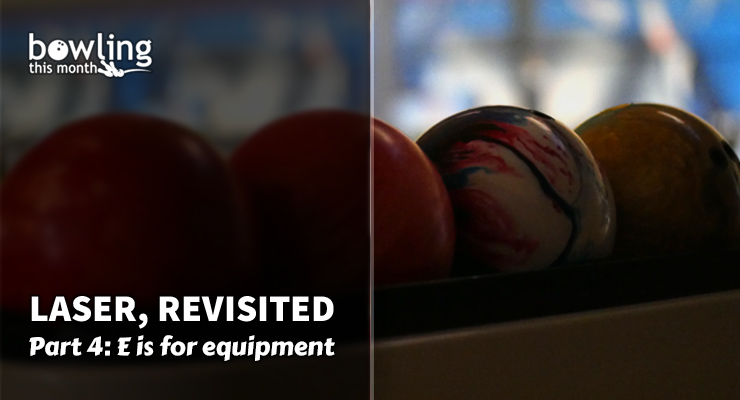During this series of articles, we’ve been following the trials and travails of Barbara the Tournament Bowler, a fictional righthander who is battling her way through an eight-game tournament by using LASER to make adjustments. LASER, as you know, is an acronym that stands for the five areas of adjustment available to bowlers:
From the previous articles in this series, we know that Barbara has had a couple of splits and some problems with carry. Still, she’s been able to keep out of serious trouble through six games by adjusting her loft, angle, and ball speed. But, the lanes keep breaking down and her ball is once again jumping left. As she begins her seventh game, she needs to make another adjustment. As you may have guessed, she’s heading over to her bag to make an equipment change.
But first…
Just a guess here, but I’d say that when most of us think of making adjustments, the first thing that comes to mind is equipment: one ball isn’t knocking down enough pins, so we go to our bag and grab another one.
This makes sense, right? After all, every bowling ball is a weapon—hence the use of the word “arsenal” to describe the array of balls we bring with us each time we do battle with our enemies, the pins. Plus, with manufacturers releasing dozens of ball models a year—and with ball advertisements being the most prominent form of marketing to bowlers—it’s no wonder it’s the ball that’s usually top of mind. But…what ball?
Ball choice must always begin with education. As a competitive bowler, one of your jobs is to learn about such terms as coverstocks, RG, differential, PSA, PAP, axis tilt, axis rotation, flare potential, weight blocks, pin position, and so forth, and how each can affect ball ...
Already a premium member? Click here to log in.


 (Only
(Only 